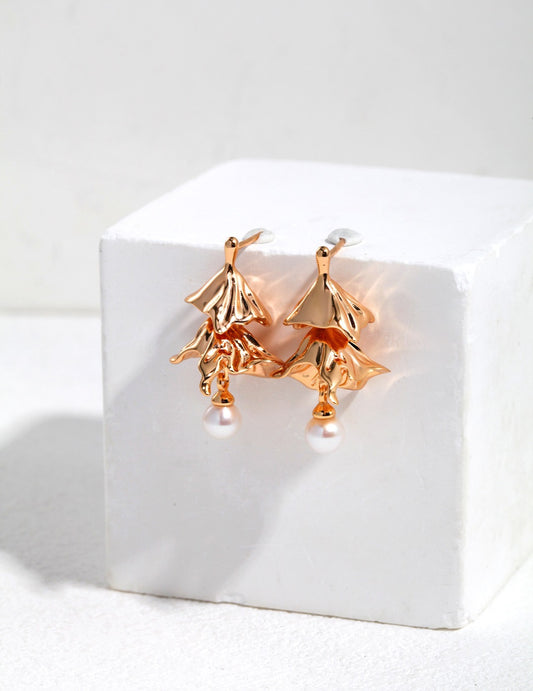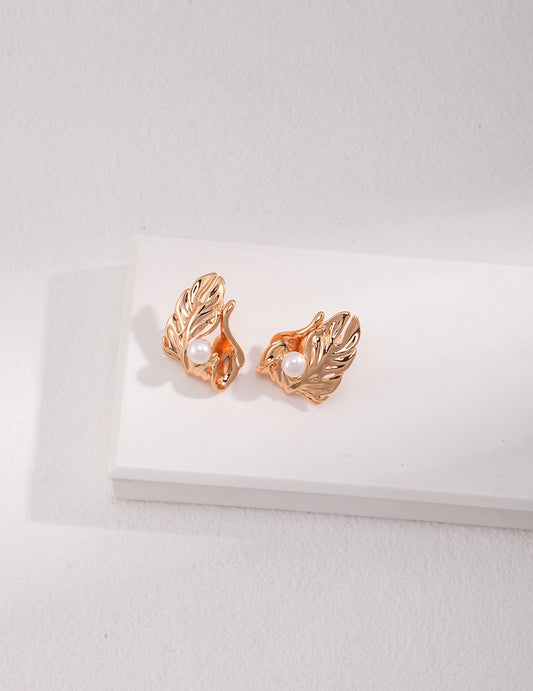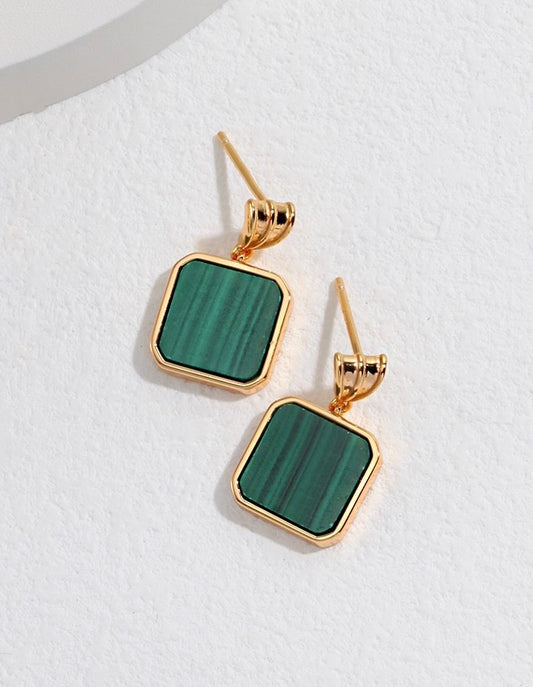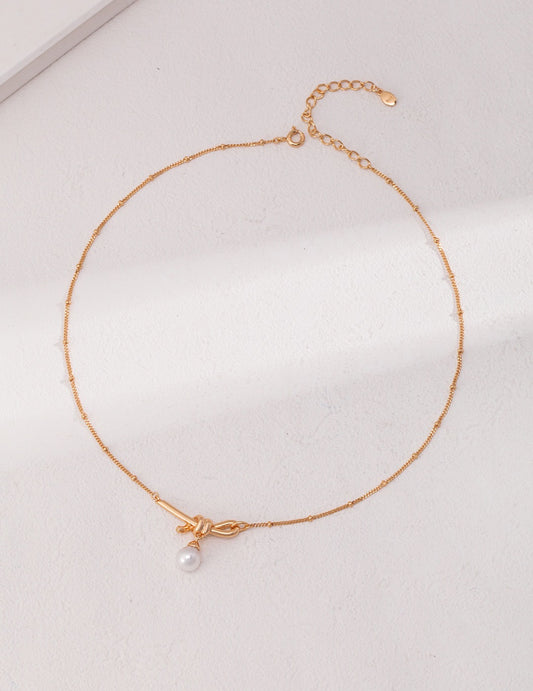1. Visual Inspection
Start with a close look at the stone. Authentic tiger eye features a unique silky luster and distinct banding patterns. Look for:
-
Chatoyancy: This optical phenomenon gives the stone a shimmering effect that resembles the eye of a cat. Real tiger eye will have a smooth, flowing appearance.
-
Color Consistency: Genuine stones display rich, consistent colors ranging from golden yellow to deep brown. If you notice any unnatural or overly vibrant colors, it may be fake.

Tigers Eye Earrings
2. Weight Test
Hold the crystal in your hand. Real tiger eye has a relatively heavy feel compared to synthetic alternatives. If it feels surprisingly light, it might not be authentic.
3. Scratch Test
Tiger eye has a hardness of 7 on the Mohs scale, making it relatively resistant to scratches. You can perform a simple test:
- Use a metal object (like a knife or a coin) to gently scratch a discreet area of the stone. If it scratches easily, it’s likely not real.

Ring of Tiger (18k gold-plated sterling silver)
4. Temperature Check
Real crystals tend to feel cooler to the touch than synthetic materials. Hold the stone against your skin. If it warms up quickly, it may not be genuine.
5. Look for Inclusions
Examine the stone for natural inclusions or imperfections. Genuine tiger eye may have small flecks or variations, while a perfect stone could indicate a synthetic version.
6. Light Test
Hold the stone under a bright light source. Genuine tiger eye will reflect light uniquely, showing a play of colors and depth. If it looks flat or lacks depth, it might be fake.
7. Purchase Source
Always buy from reputable sellers or established gemologists. If possible, look for certificates of authenticity. Trusted sources are less likely to sell imitation stones.






